New Scholarship Is Revealing the Private Lives of China’s Empresses
Lavish paintings, sumptuous court robes, objets d’art tell the stories of Empress Cixi and four other of the most powerful Qing dynasty women
/https://tf-cmsv2-smithsonianmag-media.s3.amazonaws.com/filer/f1/74/f174f16d-90be-4493-beb9-f67e1f006098/fs-nhb2014-01394.jpg)
In 1903, seemingly inexplicably, an American woman painted a 15-foot-tall portrait of China’s Empress Dowager Cixi, the last empress of the Qing dynasty, the lineage of hereditary rulers that governed from 1644 to 1912 and is renowned for its wealth, splendor and ostentatious displays of power.
This was at a time when almost no outsider, especially a foreigner, had access to the empress’s private rooms in the imperial palace in Beijing and when, by tradition, only men were permitted to paint formal court portraits.
Ever political, Cixi wanted a Westerner to paint a portrait destined for the West. She commissioned artist Katharine A. Carl to do the painting for the 1904 St. Louis Exposition, hoping to boost U.S.-China relations at a fraught time. Carl did the portrait in the Art Nouveau style. It went to St. Louis and was then gifted to Teddy Roosevelt.
This is one of the many startling discoveries in the exhibition, “Empresses of China’s Forbidden City, 1644 – 1912,” at the Smithsonian’s Arthur M. Sackler, which opened March 28 and continues through June 23.
The museum’s director Chase Robinson says the show is the largest in more than a decade there and the first three-way collaboration between the Palace Museum in Beijing, the Peabody Essex Museum in Salem, Massachusetts and the Smithsonian’s Freer and Sackler Galleries of Asian Art. It took more than four years to organize. Though the Cixi portrait belongs to the Smithsonian, more than 100 of the 135 works in the show are on loan from the Palace Museum.
“The show is propitiously timed,” Robinson said at a press preview. “It recognizes an important milestone, the 40th anniversary of diplomatic relations between the U.S and China.”
The exhibition comprises the lavish paintings, sumptuous court robes, objets d’art and religious artifacts owned by the five most powerful Qing dynasty empresses (out of two dozen). It encompasses imperial portraits, narrative paintings, sumptuous furnishings, even gold chopsticks, that testify to a given empress’s elevated rank. These include imperial yellow satin court robes, gem-encrusted headdresses, elaborate pieces of jewelry, gold vessels, cloisonné enamel ewers, jade hairpieces, porcelains and lacquer wares. “Our aim was to pull the story out from the art,” says Jan Stuart, the museum’s curator of Chinese art. “I want the art to do the talking. By looking at the aesthetics, the technical perfection, we can use art to discover facts and consequences.”
The problem she and co-curator Daisy Yiyou Wang of the PEM faced was that, unlike Chinese emperors, the lives and contributions of empresses are largely missing from Qing court history. “We were subject to the male-centric ethic of the court,” Stuart says. “We wanted to bring our scholarly training to see what we could rediscover about the empresses’ lives.”
The Qing dynasty was founded in 1644 by the Manchus of northeast Asia, north of the Great Wall. After conquering the Han Chinese, the Manchus formed a new multiethnic and multicultural state. The Qianlong emperor, for example, saw himself as ruler of five peoples: the Manchus, Mongols, Chinese, Tibetans and Uyghurs.
The Manchus had their own language, history and culture. Manchu noblewomen could divorce. Unlike the Han, Manchu women did not bind their feet. They rode horses, practiced archery and went hunting with men. They read books, painted, did calligraphy and tutored the princes of the realm. They were even allowed to leave the Forbidden City to attend festivals or tour the provinces with the emperors.
Their private residences at court, while separate from those of the emperors, had fine antiquities, furniture, paintings, porcelains and books.
“Our object-based approach also reveals that the artworks and furnishings in the empresses’ and other top consorts’ residences were of the same superlative quality as the emperors,’” Wang and Stuart write in the introduction to the excellent, multi-author catalog. “Court residences were decorated as ‘gender neutral’ spaces.”
The title empress was bestowed on a woman chosen by an emperor’s parents or to a woman the emperor elevated to that title, such as his mother, which was seen an act of filial piety. To take one example: Dowager Empress Cixi’s title was based on her role as mother. An emperor could have many consorts but only one empress at a time.
/https://tf-cmsv2-smithsonianmag-media.s3.amazonaws.com/filer/23/26/232664d3-9940-4bd4-a42d-026a70e949b5/withempressdowa00carl_0309crop.jpg)
The real fun of the exhibition is learning how to identify a work of art as belonging to an empress and how to decode the symbols displayed on it.
We learn, for example, only empresses were permitted to wear robes colored imperial yellow. There are phoenixes embroidered on the robes because the mythical bird was the emblem of the empress, the sovereign of the female realm of the entire empire.
Only an empress could wear three double-pearl earrings in each ear, which you see depicted in Qing formal portraits.
Her objects are decorated with peonies, the “king” of flowers and the symbol of wealth. Peaches stand for immortality. Furniture made of bamboo, or paintings of it, represent righteousness. Porcelains depicting scenes of mothers with children are recognized as fertility symbols, which would be important in an imperial court where the chief duty of the wife, whether empress or consort, is to produce a son who could become an emperor.
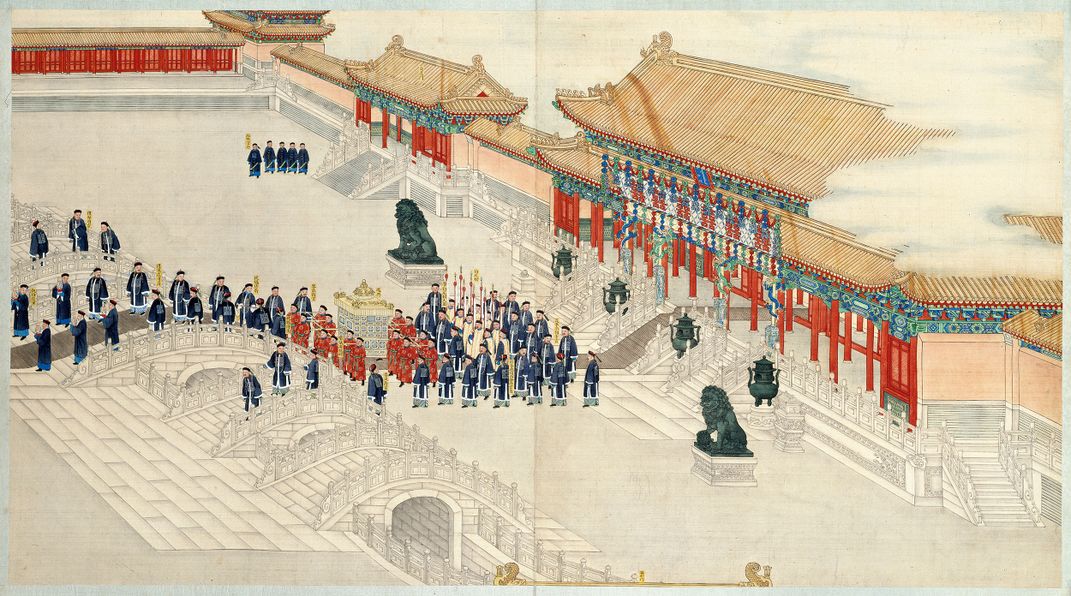
Images that hint of sexual union include butterflies flying wing to wing and two goldfish swimming together.
Particularly enticing is an 1889 silk court album depicting the grand imperial wedding of the Guangxu emperor and the Xiaoding empress. Before the wedding, we see a representative of the emperor go to the bride’s house to confer the title empress on her and present her with emblematic gifts, including a large gold seal, and a wish-granting golden scepter (ruyi). Then, surrounded by an enormous entourage, the bride is carried in a golden phoenix palanquin from her residence to the emperor’s.
At the entrance to the Forbidden City, at the Gate of Heavenly Purity, the empress steps out of the palanquin holding the scepter in one hand and an apple, the symbol of peace, in the other.
The emperor holds a feast to honor the father of the bride and his male relatives. The bride is introduced to the wives of Manchu nobles and exchanges her scepter for a vase filled with pearls, gems, gold and silver coins and ingots conveying wishes for wealth. The dowager empress honors the mother of the bride and her female relatives. The empress eventually enters the Palace of Earthly Tranquility to spend her first night with the emperor.
The exhibition includes not only the scroll but an antique golden scepter engraved with the Chinese character for “double happiness,” a festive silk robe embroidered with dragon-phoenix rondels and imperial symbols, and a photograph of the very bed where an imperial marriage is consummated.
Sometimes an imperial marriage was a true love story. When the beloved Empress Xiaoxian died in 1748, the sorrowful Qianlong emperor visited her coffin 50 times in the first month after her death. He also wrote an emotional poem about her: “Expressing my Grief,” which includes the lines:
“When entering her bedroom,
I inhale sadness.
I climb behind her phoenix bed-curtains,
Yet they hang to no avail.
The romance of the spring breeze and autumn moon all ends here.
Summer days and winter nights spent with her will never come again.”
As Stuart explains, “We wanted to illustrate love through physical objects.” Throughout the exhibition are illustrations of filial piety, an important Confucian virtue, including four painted scrolls the length of a football field that the Guangxu emperor commissioned to commemorate Cixi’s 70th birthday. It took ten years to paint and recorded all the celebrations he had held for her on her 60th birthday. It depicts the enormous palace with members of the court, relatives, opera singers, actors, musicians and cavorting imperial children.
Through such displays of material culture, the exhibition illustrates, for the first time, the role the empresses played in the arts, religion and politics. “We had to prove that women’s lives were worth studying and prove that the best objects didn’t just belong to men,” says Wang. And the show does prove it, in spades.
Empresses of China's Forbidden City, 1644-1912, curated by Daisy Yiyou Wang and Jan Stuart, is on view through June 23, 2019 at the Smithsonian's Arthur M. Sackler Gallery.
/https://tf-cmsv2-smithsonianmag-media.s3.amazonaws.com/accounts/headshot/wendy_new-1.jpeg)
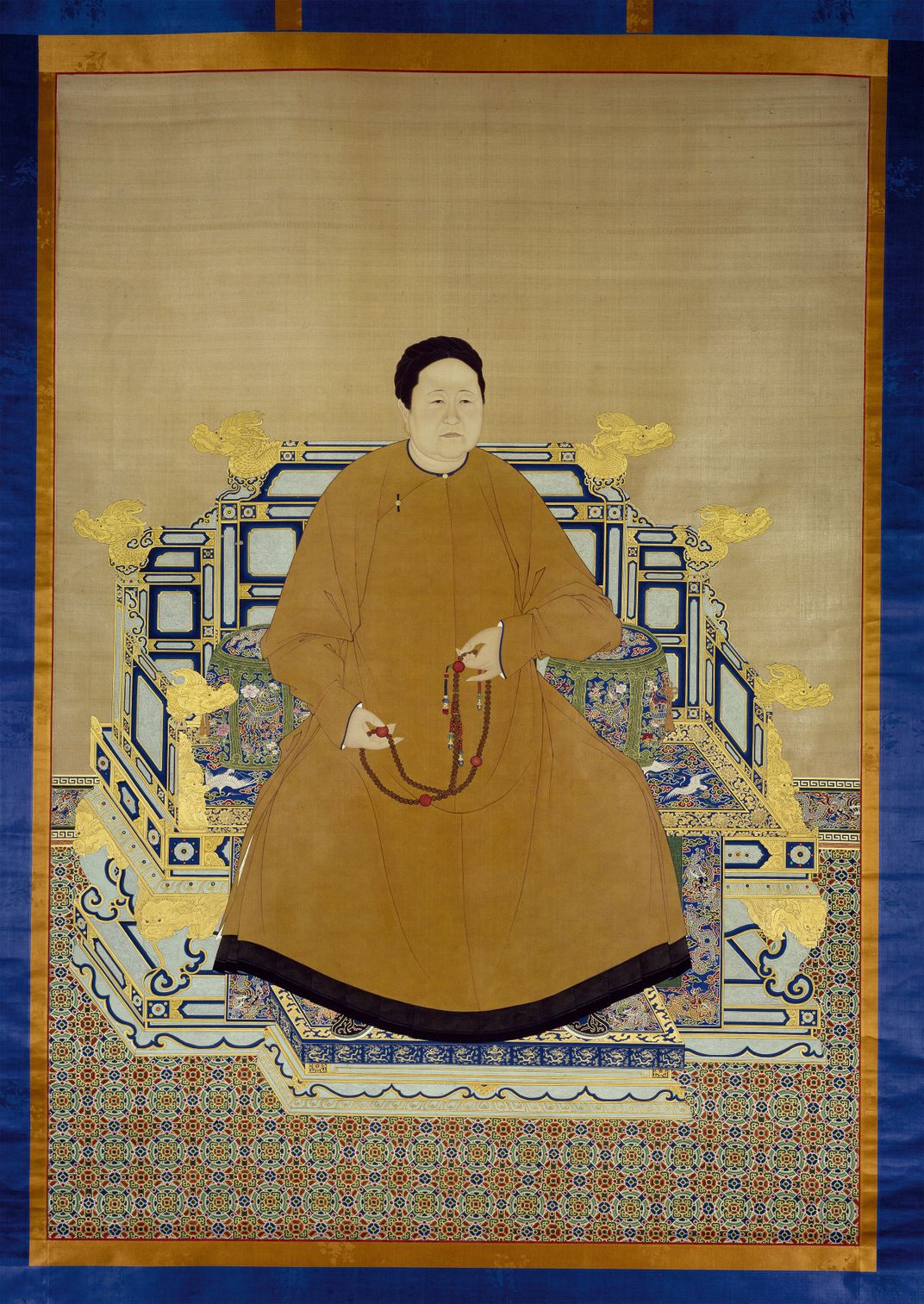
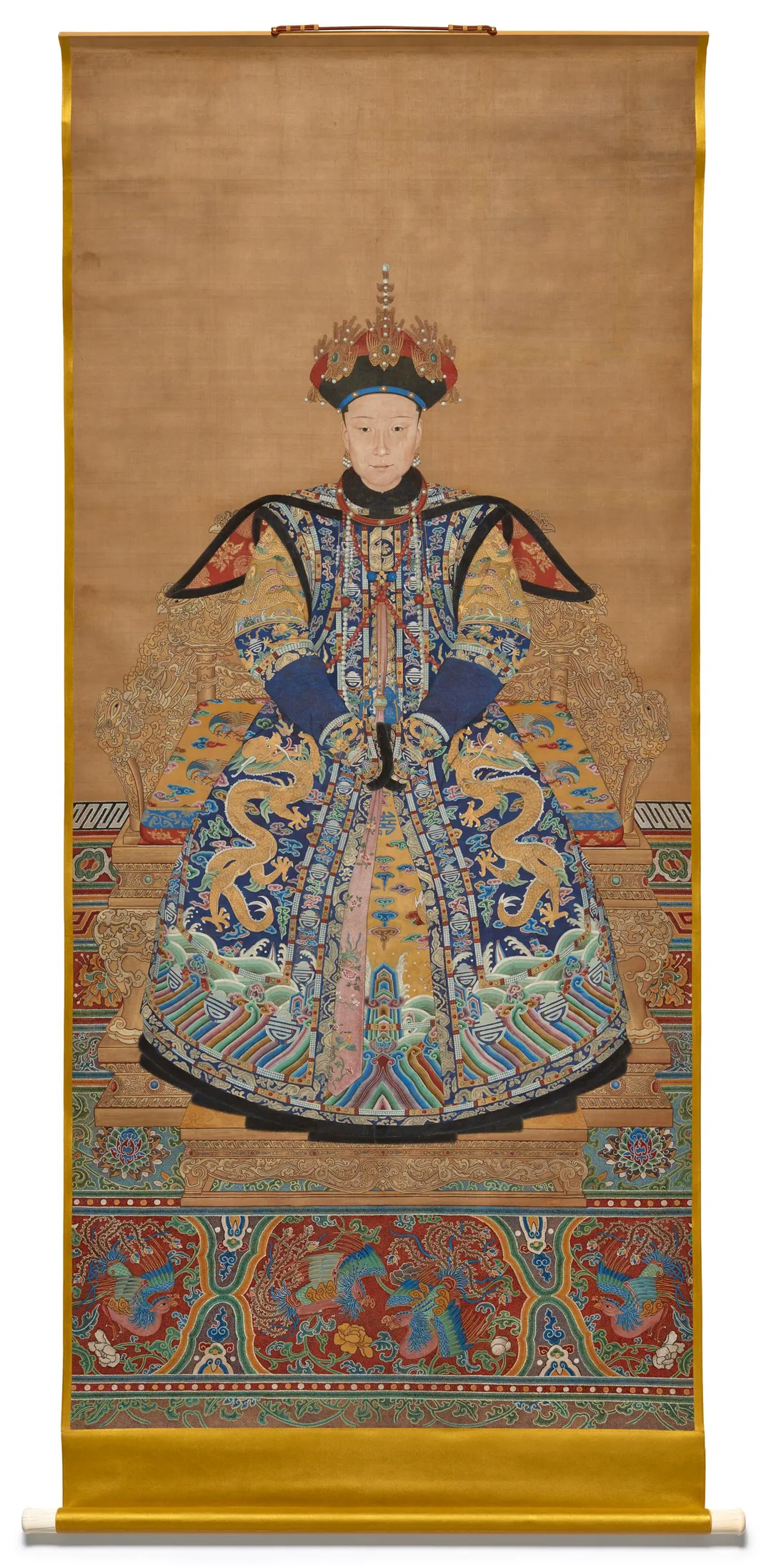
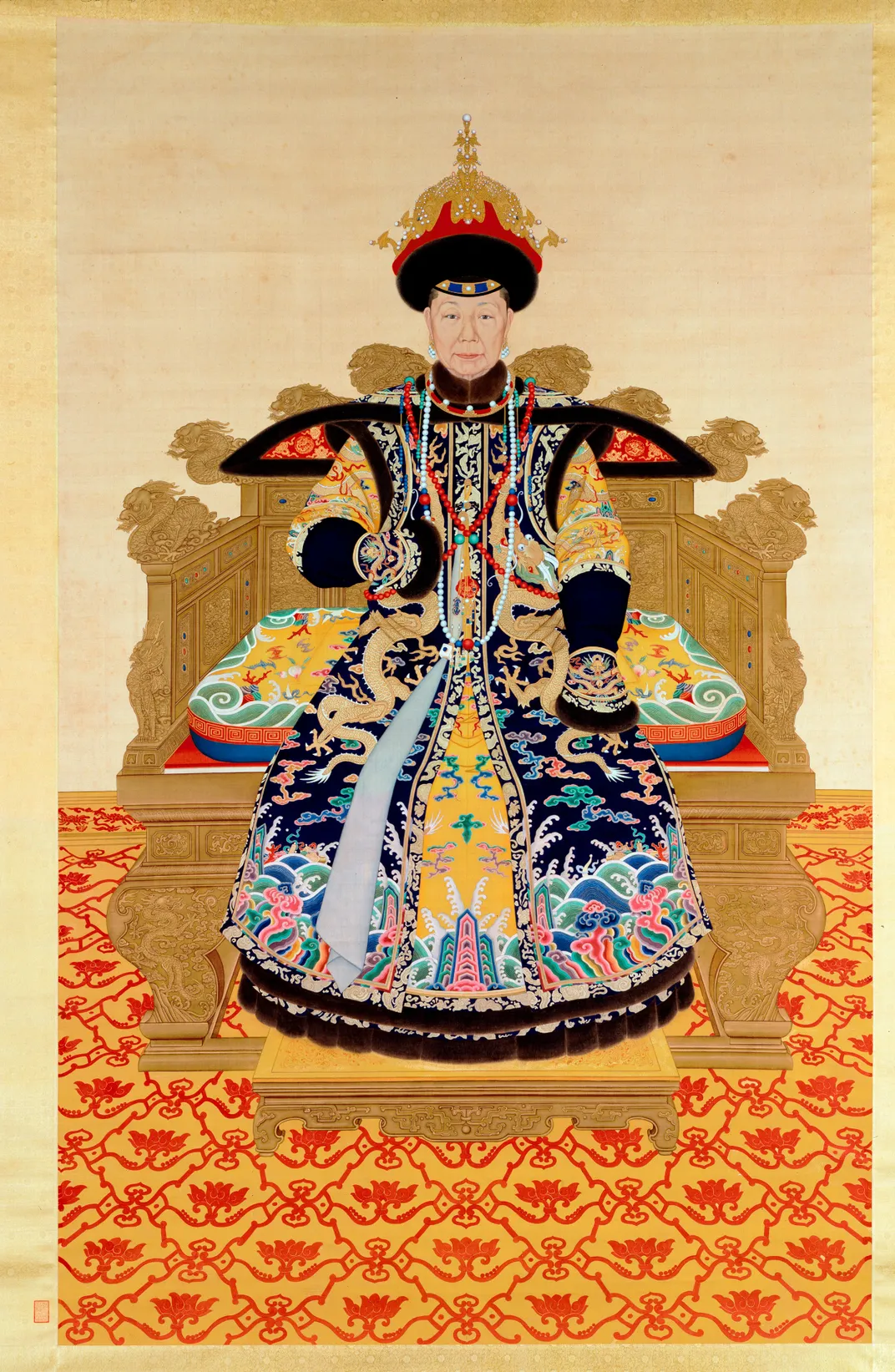
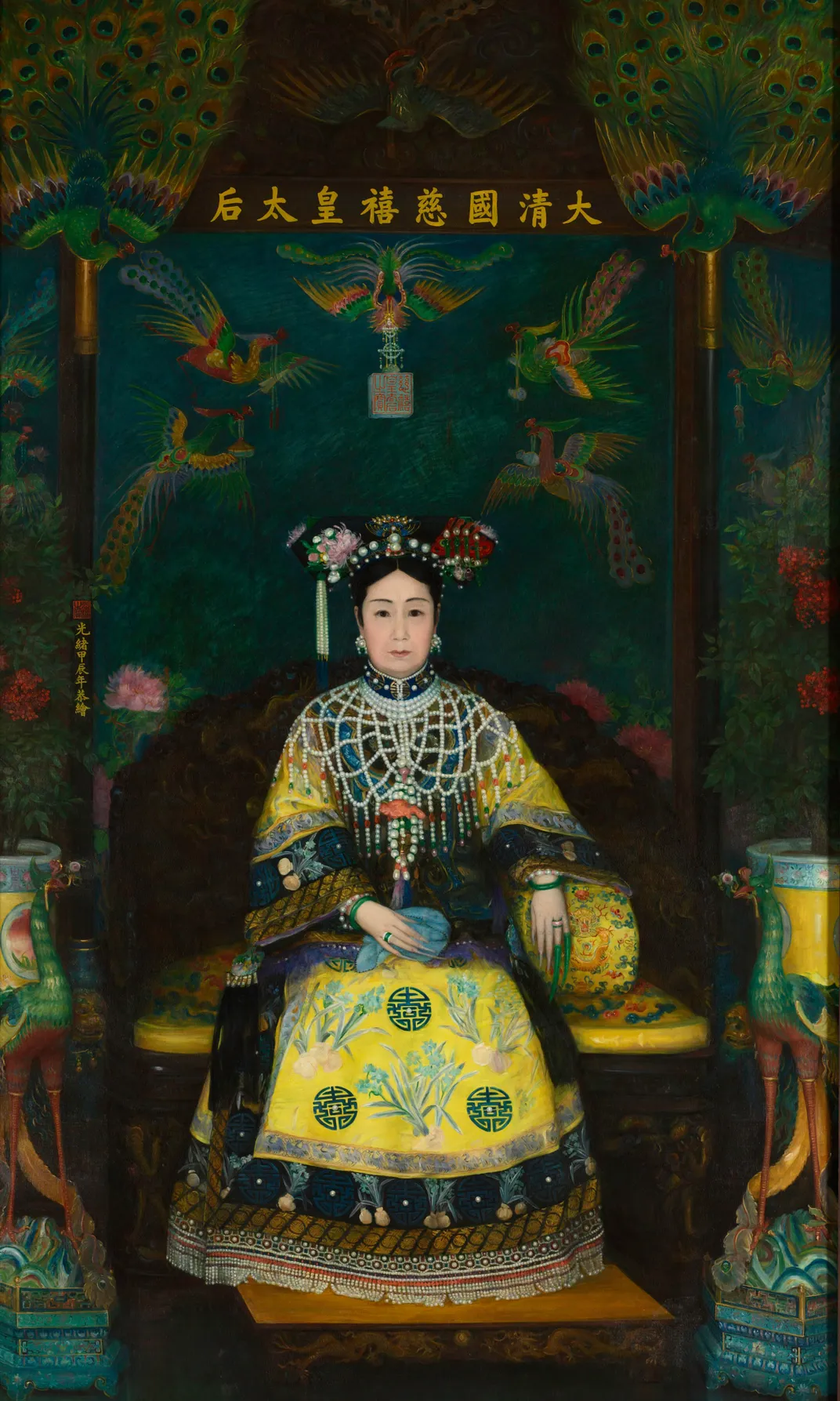
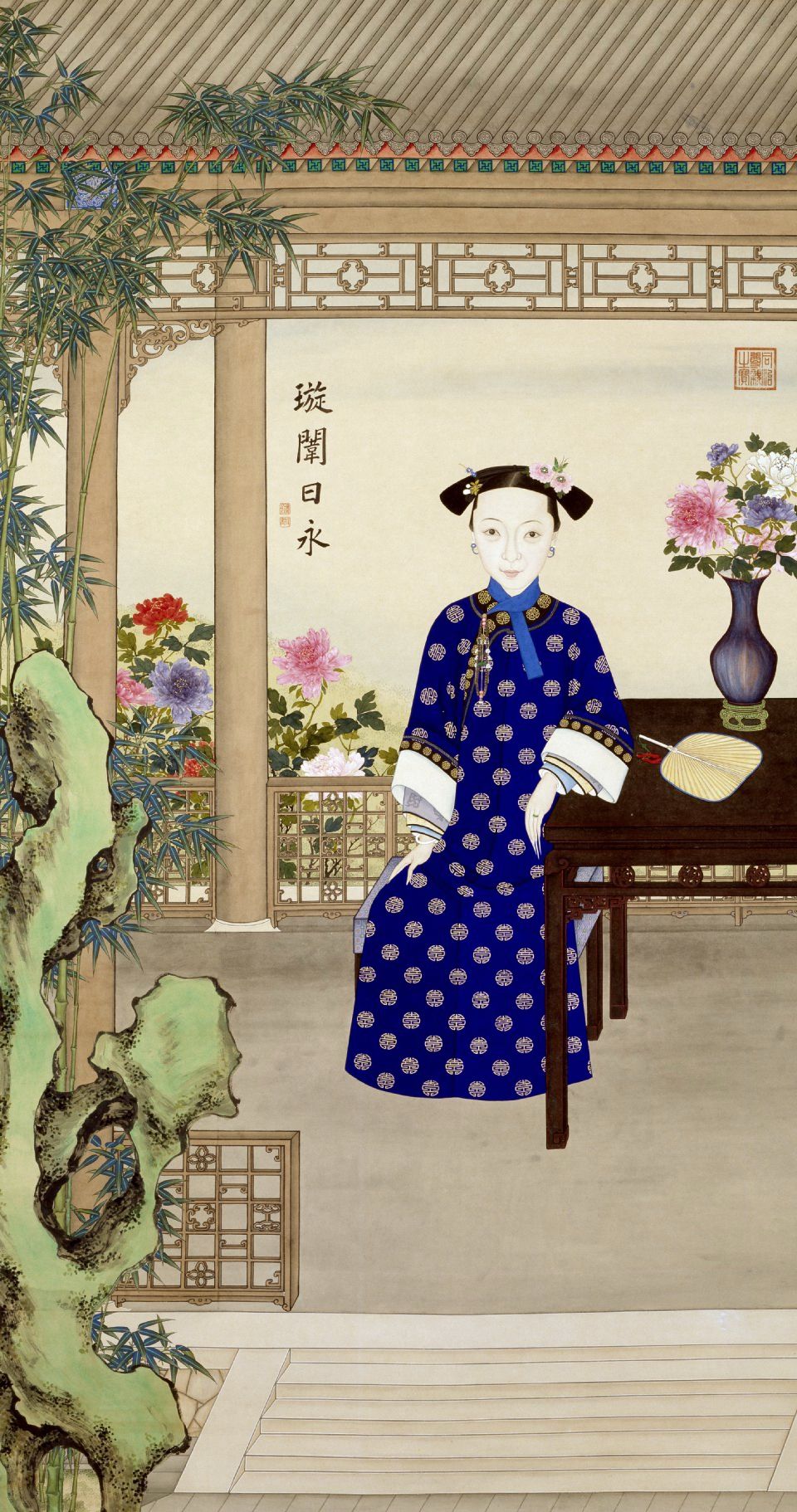
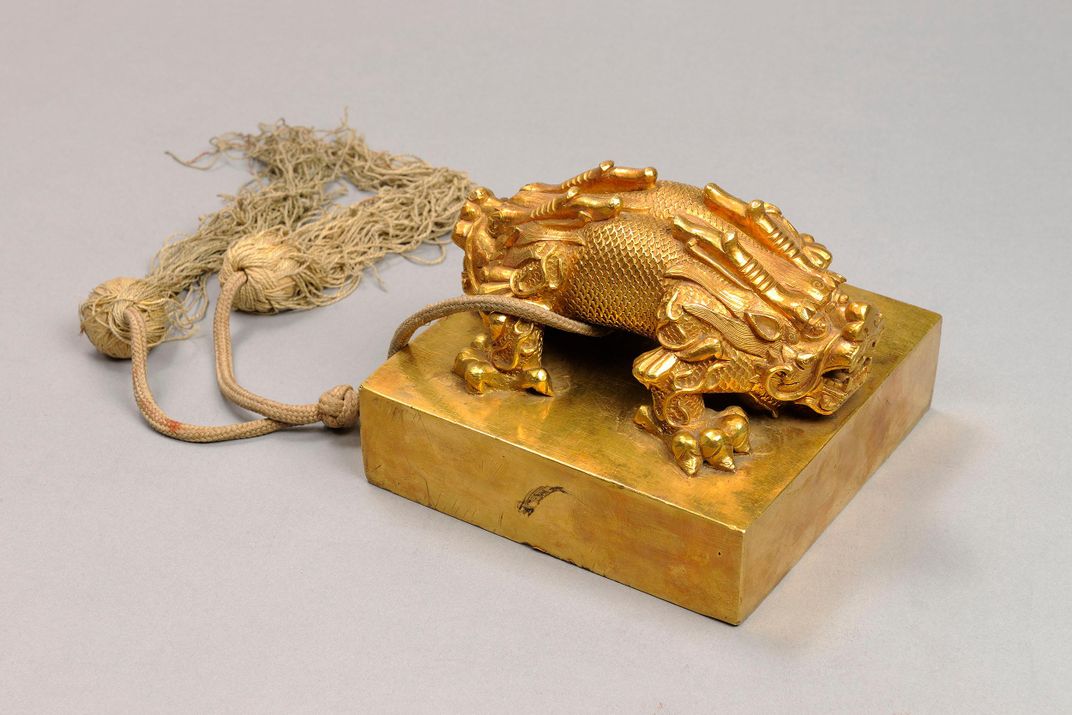
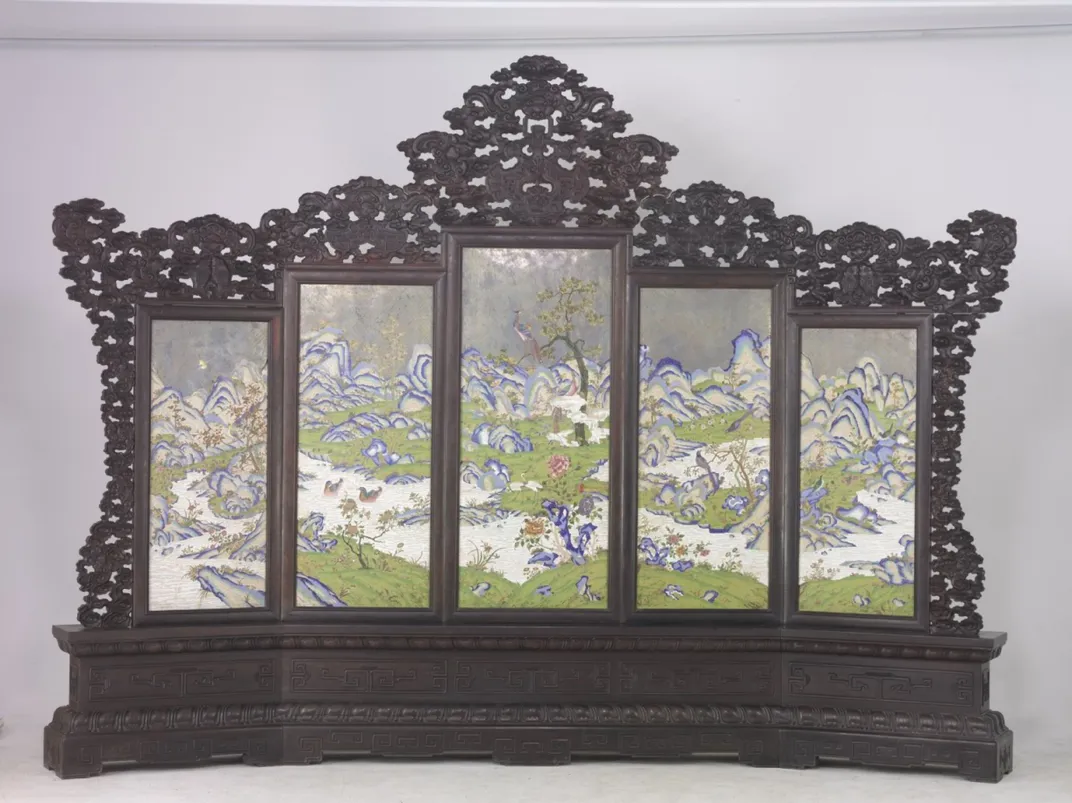
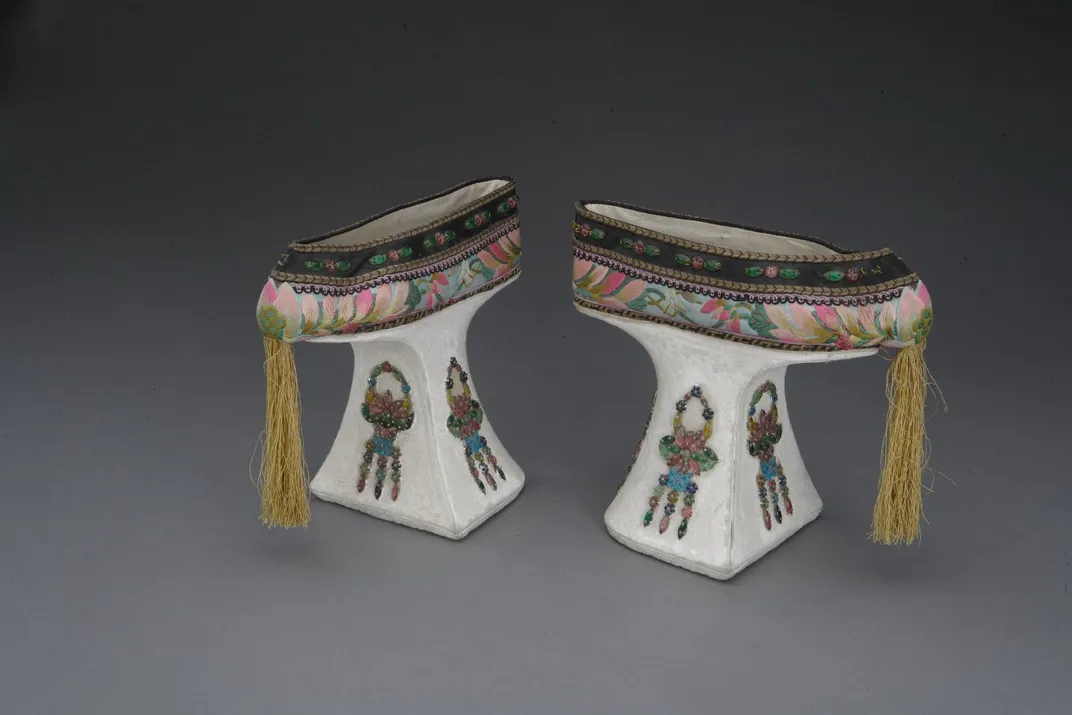
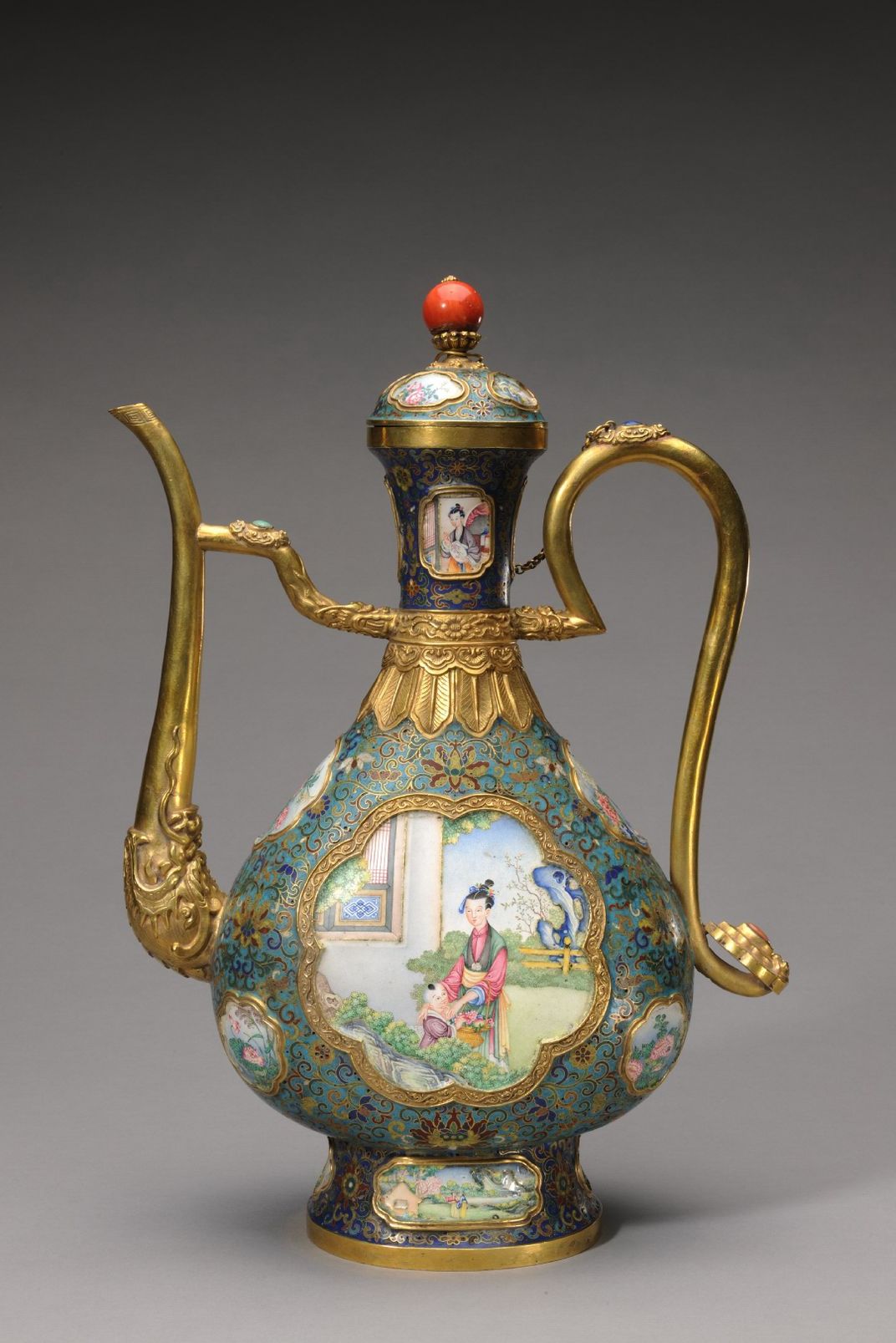


/https://tf-cmsv2-smithsonianmag-media.s3.amazonaws.com/accounts/headshot/wendy_new-1.jpeg)